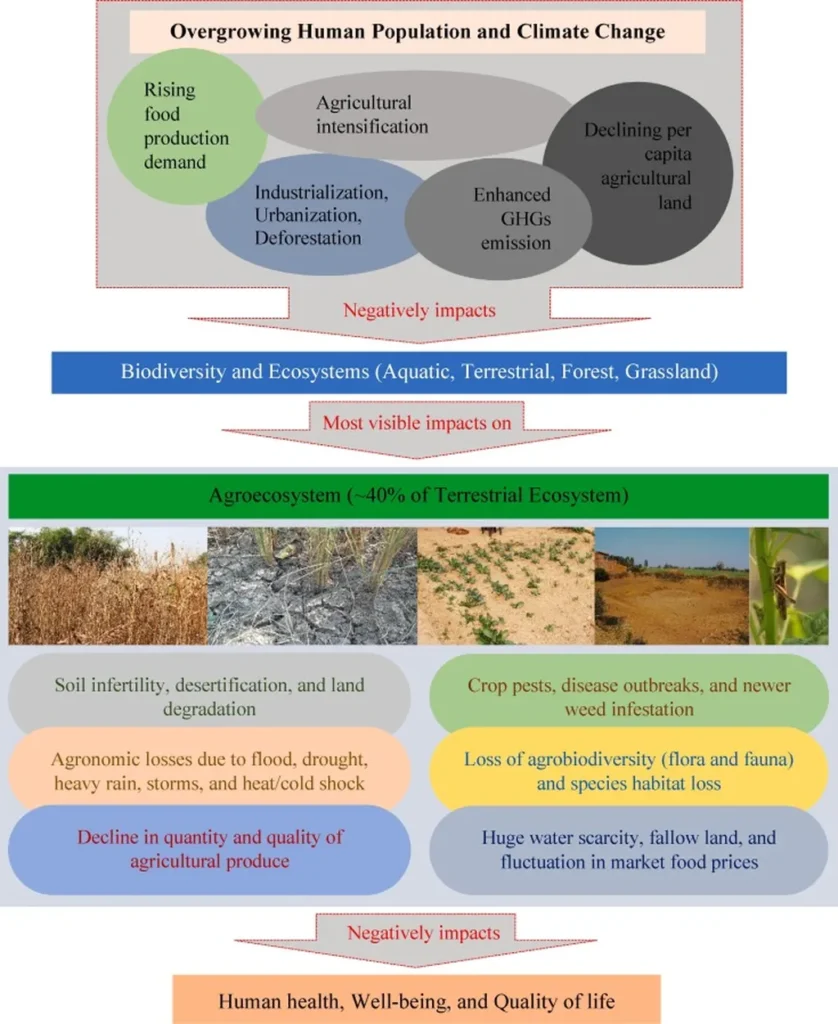In the ever-evolving landscape of agricultural research, a compelling narrative is emerging that challenges the status quo and advocates for a paradigm shift. A recent article published in the *International Journal of Bio-Resource and Stress Management* argues that while significant advancements have been made in high-tech agricultural innovations, these technologies often fall short in real-world farming scenarios, particularly under sustainable agriculture practices.
The lead author, Ratikanta Maiti, an Honorary Professor at the Universidad de las Americas, highlights a critical gap in current agricultural research. “High-technology crops perform well under high input situations, but they fail to deliver reasonable yields under sustainable agriculture in farmers’ fields,” Maiti states. This observation is backed by the reality that a substantial portion of the world’s arable land—about one-third—is semi-arid, and two-thirds is saline, conditions that significantly impact crop productivity.
The article underscores the urgent need for a new vision in agricultural research, one that focuses on low-input but high-responsive agriculture. This approach aims to address the growing challenges posed by global warming, heat stress, drought, salinity, and other abiotic stresses that are increasingly affecting crop yields.
The commercial implications of this research are profound. Farmers, especially those in semi-arid and saline regions, stand to benefit from crops that are not only high-yielding but also resilient to environmental stresses. This shift could lead to more sustainable and economically viable farming practices, ultimately enhancing food security and reducing the environmental footprint of agriculture.
Maiti’s call for a new direction in agricultural research is timely and thought-provoking. It challenges the agricultural community to rethink its priorities and invest in technologies that are not only innovative but also practical and accessible to farmers worldwide. As the debate continues, one thing is clear: the future of agriculture lies in balancing high-tech innovations with the practical needs of sustainable farming.
The article, published in the *International Journal of Bio-Resource and Stress Management*, is a significant contribution to this ongoing discussion, offering a fresh perspective that could shape the future of agricultural research and practice.

